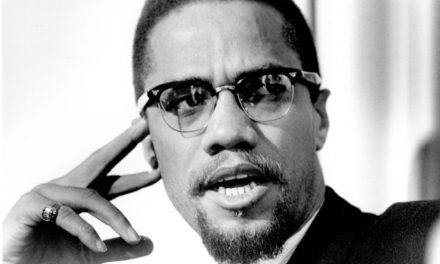
Each day, week, month and year, our country becomes an increasingly diverse representation of humanity. This is also true for our school districts which simply mirror the world surrounding them. With this reality our education institutions must become increasingly committed to supporting an ever-emerging populace of learners from all different walks of life. It is my belief that the single most equitable arm of a school system, if employed with sensitivity and intentionality, is the department of Family and Community Engagement (FACE).
Here I would like to explore the beginnings of that process by examining three key elements of a truly inclusive FACE approach.
Cultural, Social, Racial and Tradition Conscious Communication:
Consistent and conscious communication between school districts and family units are vital in any district and family partnership; it has special implications on a districts’ fulfillment of providing an impartial and just educational experience. Communication birthed out of false narratives, conjecture or bias will inevitably drive a wedge between districts, families and the students that belong to those families. However, if FACE is handled appropriately it will be the purest conduit of inclusiveness and justice; but what does equitable communication look like? Here are a few guiding thoughts:
Consistent and conscious communication between school districts and family units are vital in any district and family partnership; it has special implications on a districts’ fulfillment of providing an impartial and just… Share on X- Operate from the position that all intentions are of goodwill and interact with families understanding that they value what is best for their scholar.
- Take an active approach to be educated by parents or guardians on the lived experiences, curiosities, dreams and trials of their scholar.
- Become invested in learning from the family about family norms and practices.
Position Family and Community as the Experts:
Leaning on family and community insight increases the capacity of student academic success. What we affectionately label “the village” offers a unique and otherwise inaccessible lens with which to view students and their families. By exploring the village, we are afforded the benefit of attaching humanity to the work; but how does this show up? Here are a few guiding thoughts:
What we affectionately label 'the village' offers a unique and otherwise inaccessible lens with which to view students and their families. By exploring the village, we are afforded the benefit of attaching humanity to the work Share on X- Encourage students to document their family story. Providing an opportunity to explore previous events and time periods, how justice or injustice showed up and its current relevance.
- Invite in guest speakers.
We implemented this practice in a previous school district I worked with by inviting in elders and community leaders to share during Black History Month. We held a lecture series offering students the opportunity to glean from the richness of the experiences shared on local history, entrepreneurship and community empowerment. The fact that these journeys were shared by individuals who mirrored their appearance and life’s voyage was invaluable.
Promote Civic Engagement:
A core element of FACE should be the education and empowerment of students and families around challenging any forms of segregation, bigotry, bias and racism; the true dominion in this work manifests when students do this within their own immediate environments; but what does implementation look like? Here are a few guiding thoughts:
A core element of FACE should be the education and empowerment of students and families around challenging any forms of segregation, bigotry, bias and racism. Share on X- Center projects on the actual needs of the community the students currently live and attend school in.
- Engage students from the beginning. Leveraging their wisdom and authentic connection to the topic.
- Ensure that research is rigorous and affords students the opportunity to expand their knowledge base.
This is in no way an exhaustive list on how FACE has the capacity to shift climate and promote systemic change, rather the spark that allows you to look at FACE for what it truly is-the work of diversity, equity and inclusion.



















